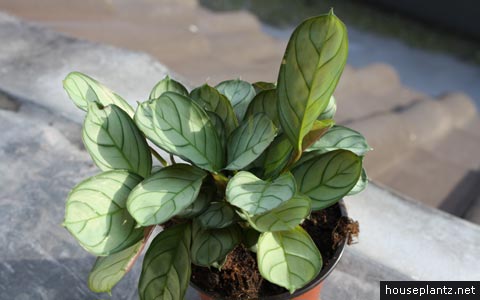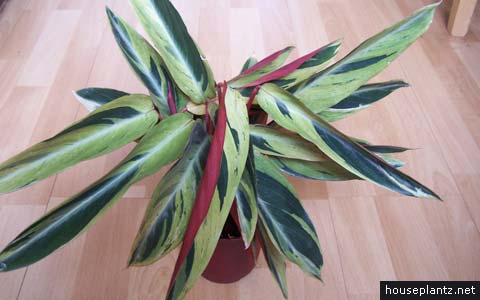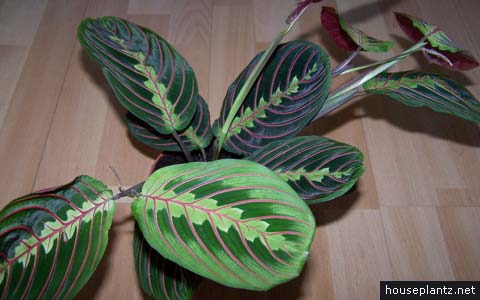the burle marx ctenanthe (ctenanthe burle-marxii) is native to brazil and available in different cultivars. during the night it’s folding up its leaves. staying on daytime can indicate that it needs some watering or is lacated to sunny.
care
ctenanthe burle-marxii likes a bright to light shaded location without direct sunlight. some morning and/or evening sun will be tolerated. the colored cultivars shouldn’t be placed to dark for building up its leaf color.
a regular potting mix can be used. keep it constantly moist but not wet. sitting in water can cause rotten roots. the drying of the soils surface will be tolerated but it shouldn’t completely dry.
a half strength water soluble fertilizer can be given monthly in spring and summer and every six to eight weeks in fall and winter. for recently re-potted or fresh bouhgt plants there is no need to feed for the first six to eight weeks.
the burle marx ctenanthe likes it warm and should not be placed under 15 °c (59 °f) for too long. spraying it over with water increases humidity and keeps its leaves free from dust.

ctenanthe burle-marxii “amagris”
propagation
ctenanthe burle-marxii can easily be propagated by division.


